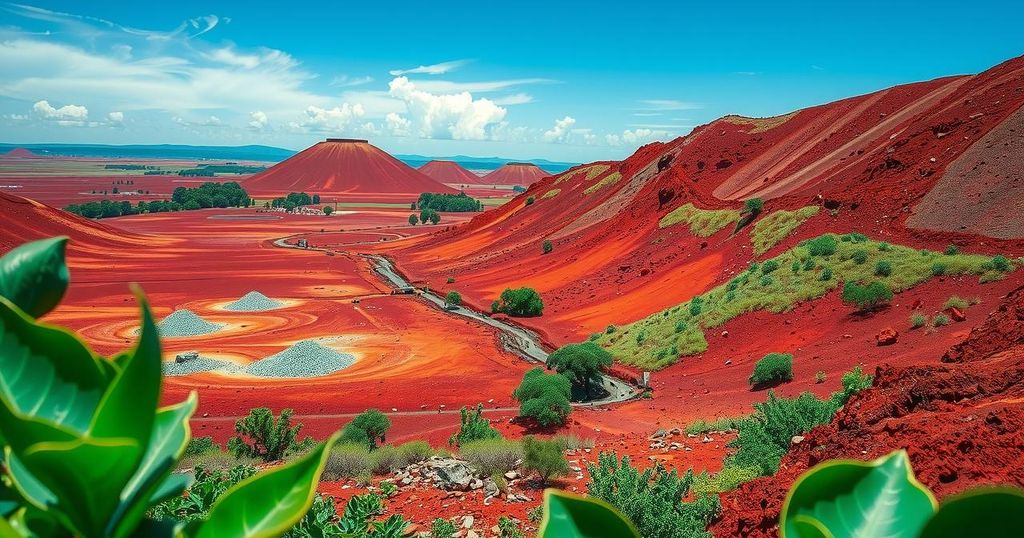Professor Digne Rwabuhungu of the University of Rwanda emphasizes Rwanda’s rich mineral resources, evidenced by surveys since the 1930s. He argues that global demand for minerals will rise with technological advancements, particularly in electric vehicles. He calls for further research and investment in geological expertise to manage and map these resources effectively.
Digne Rwabuhungu, a geologist and head of the School of Mining and Geology at the University of Rwanda (UR), has refuted misconceptions regarding Rwanda’s mineral resources. He detailed historical surveys, dating back to the 1930s, which indicate the presence of significant deposits of tin, tantalum, tungsten (3Ts), and gold in the country. Rwabuhungu, who obtained his PhD in geology and mining in Belgium, emphasized the need to rely on well-documented colonial archives to understand Rwanda’s mineral wealth.
The professor clarified that Rwanda’s geology is interconnected with key geological formations, notably the Karagwe-Ankole Belt, which extends into Uganda and Tanzania. This belt is rich in minerals such as coltan and tungsten, and Rwabuhungu asserted that geology transcends national borders, indicating that mineral resources may span across countries. He highlighted Rwanda’s geological potential and criticized those who undermine the country’s resource claims.
Rwabuhungu explained the evolving nature of critical minerals, primarily shaped by economic viability and supply risks. He noted that significant deposits have been identified in Rwanda since the 1930s, particularly those associated with granite formations, where steep faults and folds occur. The Rwanda Development Board (RDB) acknowledges the country’s wealth in historical mineral occurrences such as cassiterite and gold, along with newly discovered resources including lithium, which has gained prominence for its role in rechargeable batteries.
The professor asserted that the exploration of geological resources has historically been influenced by colonial interests, leading to imbalances in research focus across countries. He cited the example of Rwanda, where colonial investments in exploration were far less than those in the Democratic Republic of the Congo. Emphasizing the potential for further mineral exploration, he called for continued research and investment in the nation’s mining sector.
Looking ahead, Rwabuhungu anticipated an increase in demand for critical minerals driven by technological advancement, particularly in electric vehicles. Citing a study by the International Energy Agency, he projected a 125% rise in demand for electric vehicles from 2017 to 2030. He underscored the necessity for countries rich in such minerals to develop responsible production strategies to meet this growing demand, while simultaneously investing in skills development for local professionals.
Since establishing the School of Mining and Geology at UR in 2015, Rwanda has produced 260 qualified professionals, a notable increase from the mere 40 in 1995. Yet, Rwabuhungu pointed out the absence of a dedicated geological survey institution to help understand and map the country’s resources, similar to geological surveys established in the United States, the United Kingdom, and Tanzania.
In conclusion, Professor Digne Rwabuhungu’s insights reveal Rwanda’s rich mineral heritage, contradicting the notion that the country lacks mineral resources. With historically documented deposits and an evolving definition of critical minerals, there lies immense potential for Rwanda to integrate these resources into its economic development. The focus on responsible production and the enhancement of local expertise will be pivotal in meeting the future demands of the mineral market.
Original Source: www.newtimes.co.rw




